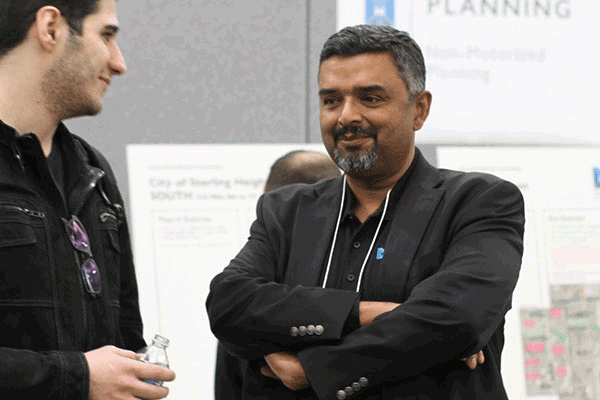 Before this project was a reality, the Department of Roads struggled with how to solve the challenges we continued to face with Mound Road. We were spending over $4.5 million every year to make repairs. But, reconstructing it at our own expense was cost-prohibitive. We decided to work with the cities of Sterling Heights and Warren to identify what was unique about Mound Road with the hope of using those characteristics to secure the funding needed to fully reconstruct the corridor.
Before this project was a reality, the Department of Roads struggled with how to solve the challenges we continued to face with Mound Road. We were spending over $4.5 million every year to make repairs. But, reconstructing it at our own expense was cost-prohibitive. We decided to work with the cities of Sterling Heights and Warren to identify what was unique about Mound Road with the hope of using those characteristics to secure the funding needed to fully reconstruct the corridor.
Given the fact that Mound Road is already home to businesses that are leading the way in new technologies for the defense and automotive industries, we decided to position it as a smart technology corridor. Then, we engaged other local stakeholders to apply for the INFRA grant that we were awarded. That’s what is making the reconstruction project possible.
One of the best things about this project is that there has been complete cooperation between all the government stakeholders. This partnership has laid a strong foundation for bringing in additional public and private partners, who have all been overwhelmingly positive.
Mound Road is home to one of the country’s most densely populated manufacturing corridors. It also has a large residential population. This means the reconstruction is going to have a major impact on all of the constituencies served by the corridor. We are confident that, in the end, Mound Road will serve those that live and work in the area much better and will be a model of transportation innovation for others throughout our state and country.
